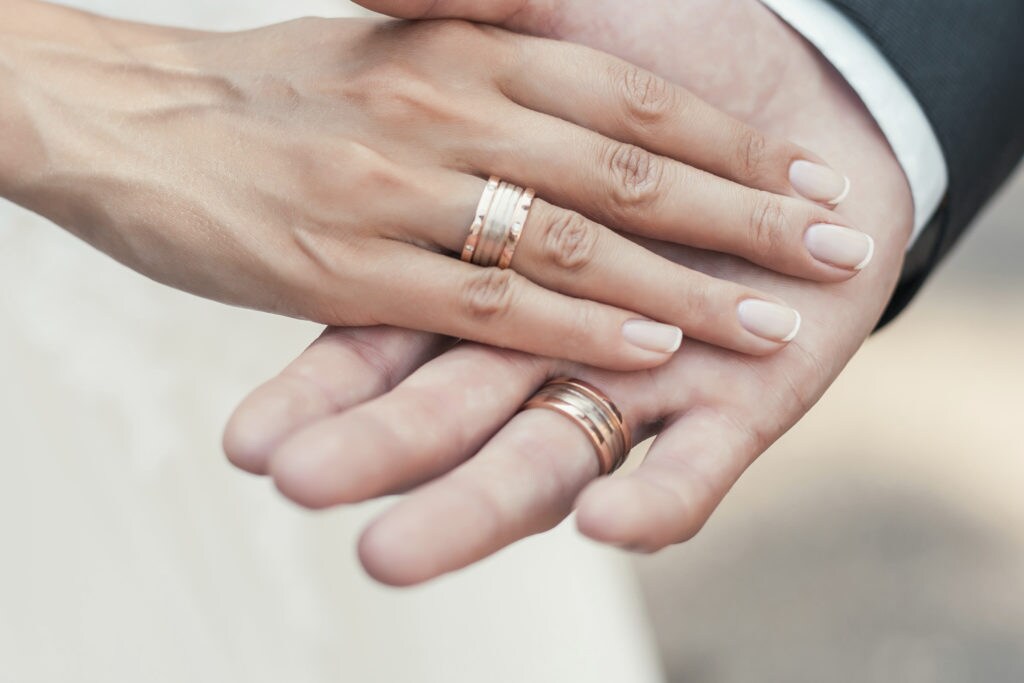
The Ultimate Guide to Determining Your Ring Size
When it comes to purchasing the perfect ring, whether for an engagement, wedding, or just a special gift, knowing your ring size is crucial. An ill-fitting ring can be uncomfortable and disappointing. This comprehensive guide will walk you through everything you need to know about measuring and determining the correct ringgröße to ensure a perfect fit.
Why Ring Size Matters
A ring that is too tight can cause discomfort and restrict blood flow, while a ring that is too loose can easily slip off and get lost. Therefore, finding the right size ensures both comfort and security. Additionally, knowing your accurate ring size can save you from potential resizing fees and the inconvenience of returning a beautiful piece of jewelry.
Understanding Ring Size Measurements
Ring sizes are measured in a variety of ways globally. The most common measurement systems include:
- US and Canada: Ring sizes typically range from size 3 to size 13 for adults.
- UK and Australia: Sizes are denoted by letters, from A to Z+.
- Europe: Sizes are usually measured in millimeters of circumference.
- Japan: Sizes are measured using a numerical scale similar to the US but starting at a different point.
Understanding these different systems is important when purchasing rings from international retailers.
How to Measure Your Ring Size at Home
Using a Ring Sizer Tool
One of the most accurate methods is using a ring sizer tool. These are available for purchase online and usually come in two forms:
- Ring Sizer Belt: This adjustable plastic or metal belt wraps around your finger, and you can read your size from the scale.
- Ring Sizer Mandrel and Rings: A set of rings in incremental sizes used in conjunction with a mandrel to measure an existing ring.
Using a Printable Ring Size Chart
Many jewelers provide downloadable and printable ring size charts. These charts allow you to place an existing ring over the circles on the chart to find a matching size. Ensure the ring fits perfectly around the circle without leaving any gaps.
Using a String or Paper Strip
For a quick and convenient method, follow these steps:
- Cut a piece of string or paper: Ensure it is thin and long enough to wrap around your finger.
- Wrap around your finger: Ensure it is snug but not too tight.
- Mark the spot: Use a pen to mark where the string or paper overlaps.
- Measure the length: Use a ruler to measure the length from the end to the mark in millimeters.
- Convert the measurement: Use a ring size conversion chart to find your ring size based on the circumference.
Factors That Affect Ring Size
Finger Size Changes
It’s important to remember that finger size can change due to various factors, such as:
- Temperature: Fingers tend to swell in hot weather and shrink in cold weather.
- Time of Day: Fingers are usually at their largest later in the day.
- Activity Levels: Physical activities can cause temporary swelling.
Ring Style and Width
The style and width of a ring can also affect the size. Wider bands usually fit more snugly than narrower ones. It’s advisable to go up half a size if you are opting for a wide band.
Tips for an Accurate Measurement
- Measure multiple times: Take several measurements at different times of the day to find an average size.
- Consider the knuckle: If your knuckle is much larger than the base of your finger, measure both and choose a size in between.
- Account for ring type: If you’re ordering a ring with a significant width, remember to adjust your size accordingly.
Professional Ring Sizing Services
While home methods are convenient, visiting a jeweler for a professional measurement ensures the highest accuracy. Jewelers use calibrated tools and have the expertise to account for various factors that can affect ring size.
Adjusting Ring Size
If you receive a ring that doesn’t fit perfectly, resizing might be necessary. Here’s what you need to know:
Resizing Options
- Sizing Up: Adding metal to increase the size. This process is more complex and may leave a small mark where the metal was added.
- Sizing Down: Removing a small section of the band and rejoining it. This is typically easier and less noticeable.
Limitations and Considerations
- Material: Not all metals are easily resizable. Platinum, gold, and silver are more malleable, whereas titanium and tungsten are more difficult to resize.
- Design: Intricate designs or settings can complicate the resizing process.
- Costs: Resizing fees vary based on the complexity of the work and the materials involved.
Conclusion
Ensuring the perfect fit for your ring is a blend of accurate measurement and consideration of personal and environmental factors. Whether you choose to measure at home or visit a professional jeweler, knowing your correct ring size welche ringgröße habe ich will help you confidently purchase a ring that offers both comfort and style.


